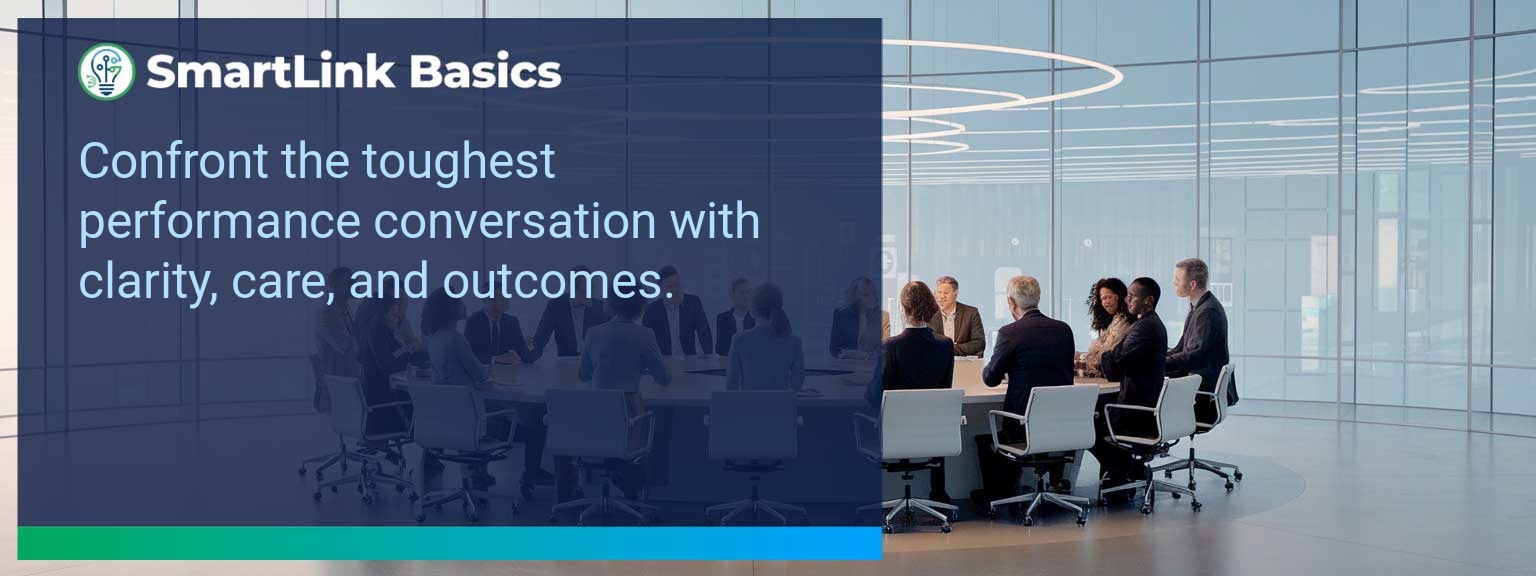Sales leaders lose an average of 3.1 hours per week to manual email triage, according to McKinsey research. This inefficiency not only drains productivity but delays critical deal decisions. At SmartLink Basics, we have seen AI Inbox Zero strategies transform both email productivity and pipeline velocity. With AI-driven Gmail inbox management, you can automate repetitive sorting, prioritize revenue-impacting messages, and eliminate the digital clutter holding back your response times. This guide will show you how to identify bottlenecks, deploy AI email assistants effectively, and maintain a zero inbox strategy tailored for sales performance.
- Automate sorting using Gmail’s smart filters and AI tagging.
- Prioritize leads and client emails with AI-driven urgency scoring.
- Batch-process low-value communications to preserve focus.
- Integrate CRM with inbox to keep pipeline updates in sync.
- Adopt a daily zero inbox checkpoint to maintain consistency.
Identifying The Roadblocks To Email Clarity With AI Inbox Zero
Unmanaged inboxes often include redundant notifications, low-priority threads, and unfiltered promotional content. For sales leadership, this results in delayed follow-ups and missed touchpoints with decision-makers. AI-powered categorization in Gmail now enables automatic separation into prospects, customers, and internal messages, removing the need for manual triage. For example, one global SaaS team cut reply delays by 38% after implementing AI filters that flagged inbound RFPs as top-priority. To start, audit your email inflow and remove any source that doesn’t support revenue outcomes.Leveraging AI Tools For Inbox Efficiency And Gmail Inbox Management
AI email assistants outperform manual processing in speed and consistency. Gmail’s AI Workspace integrations can learn which clients demand urgent action and which internal updates can be archived without review. By linking AI tagging to your sales CRM, deal-related threads can sync automatically, updating opportunity stages without breaking workflow. A high-performing B2B sales team integrated an AI assistant to tag competitor activity emails for instant review, shortening competitive response times to 12 hours. Select one automation tool, run it for 30 days, and measure the reduction in unread volumes.Transforming Productivity With A Clear Inbox
Maintaining AI Inbox Zero frees cognitive bandwidth for strategic activity. Sales leaders who clear their inbox daily often report higher meeting preparation quality and faster decision cycles. Zero inbox strategy is not about obsessing over emptiness but about strict prioritization of task-relevant content. A regional sales director shared that daily zeroing improved their win rate by 8% in a single quarter. Schedule two daily inbox checkpoints to execute clears without constant interruptions.Exploring Evolving AI Email Capabilities
AI’s next phase will introduce deeper contextual awareness in Gmail, cross-platform prioritization, and voice-command triage. These developments point toward fully hands-free email productivity for revenue teams. Monitoring AI vendor updates and beta programs will ensure you benefit early from capabilities like predictive follow-up drafting. Pilot new AI features with a small group before full rollout. Document efficiency gains for executive review.Metrics That Matter
| Category | Metric | Definition | Target |
|---|---|---|---|
| Leading | AI Sort Accuracy | % of incoming emails correctly categorized by AI filters | 95%+ |
| Leading | Daily Inbox Zero Rate | % of days per month inbox is cleared to zero | 80%+ |
| Lagging | Average Response Time | Median hours to reply to priority emails | < 12 hours |
| Lagging | Pipeline Update Delay | Average delay between email trigger and CRM update | < 1 day |
| Quality | Priority Detection Accuracy | Correct classification of high-impact revenue emails | 90%+ |
| Quality | User Satisfaction Score | Average rating from team members on AI inbox utility | ≥ 4.0/5 |
Get the 90-day plan, coaching rubric, and dashboard template to operationalize AI in your enablement program.









